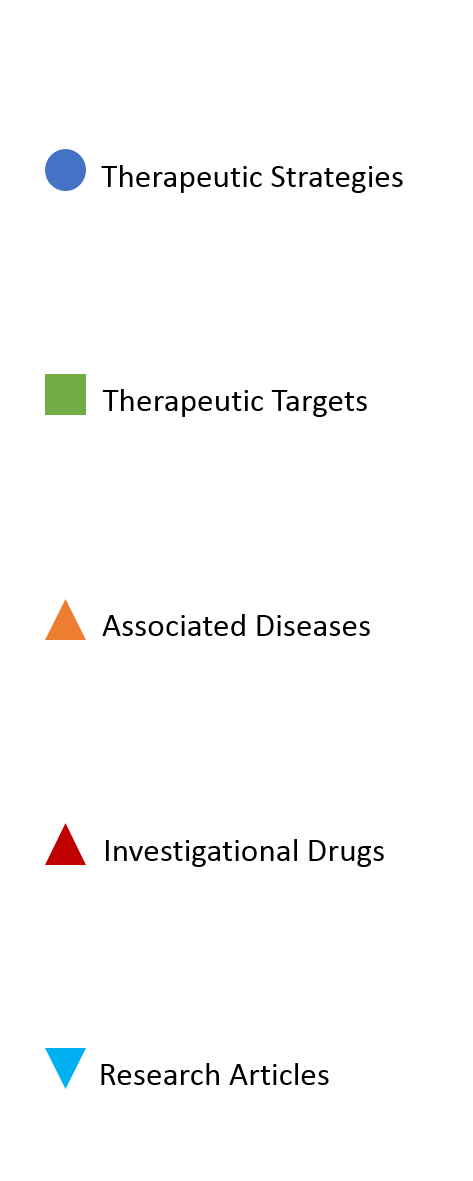Research Article Details
| Article ID: | A03961 |
| PMID: | 33807672 |
| Source: | Cancers (Basel) |
| Title: | ARMCX3 Mediates Susceptibility to Hepatic Tumorigenesis Promoted by Dietary Lipotoxicity. |
| Abstract: | ARMCX3 is encoded by a member of the Armcx gene family and is known to be involved in nervous system development and function. We found that ARMCX3 is markedly upregulated in mouse liver in response to high lipid availability, and that hepatic ARMCX3 is upregulated in patients with NAFLD and hepatocellular carcinoma (HCC). Mice were subjected to ARMCX3 invalidation (inducible ARMCX3 knockout) and then exposed to a high-fat diet and diethylnitrosamine-induced hepatocarcinogenesis. The effects of experimental ARMCX3 knockdown or overexpression in HCC cell lines were also analyzed. ARMCX3 invalidation protected mice against high-fat-diet-induced NAFLD and chemically induced hepatocarcinogenesis. ARMCX3 invalidation promoted apoptotic cell death and macrophage infiltration in livers of diethylnitrosamine-treated mice maintained on a high-fat diet. ARMCX3 downregulation reduced the viability, clonality and migration of HCC cell lines, whereas ARMCX3 overexpression caused the reciprocal effects. SOX9 was found to mediate the effects of ARMCX3 in hepatic cells, with the SOX9 interaction required for the effects of ARMCX3 on hepatic cell proliferation. In conclusion, ARMCX3 is identified as a novel molecular actor in liver physiopathology and carcinogenesis. ARMCX3 downregulation appears to protect against hepatocarcinogenesis, especially under conditions of high dietary lipid-mediated hepatic insult. |
| DOI: | 10.3390/cancers13051110 |

| Strategy ID | Therapy Strategy | Synonyms | Therapy Targets | Therapy Drugs |
|---|
| Diseases ID | DO ID | Disease Name | Definition | Class | |
|---|---|---|---|---|---|
| I14 | 9970 | Obesity | An overnutrition that is characterized by excess body fat, traditionally defined as an elevated ratio of weight to height (specifically 30 kilograms per meter squared), has_material_basis_in a multifactorial etiology related to excess nutrition intake, decreased caloric utilization, and genetic susceptibility, and possibly medications and certain disorders of metabolism, endocrine function, and mental illness. https://en.wikipedia.org/wiki/Obesity | disease of metabolism/acquired metabolic disease/ nutrition disease/overnutrition | Details |
| Drug ID | Drug Name | Type | DrugBank ID | Targets | Category | Latest Progress | |
|---|---|---|---|---|---|---|---|
| D545 | Pig placenta extract | Biological extract | -- | -- | -- | Under clinical trials | Details |
| D579 | Emfilermin | Miscellany | -- | adipocytes | Enhance lipid metabolism | Under investigation | Details |
| D080 | Citrulline | Chemical drug | DB00155 | -- | -- | Under clinical trials | Details |
| D248 | Obeticholic Acid | Chemical drug | DB05990 | NR1H4 activator; NR1H4 agonist; FXR agonist | Enhance lipid metabolism | Approval rejected | Details |
| D316 | S-adenosyl-L-methionine | Chemical drug | DB00118 | GNMT cofactor | Antiviral | Under clinical trials | Details |
